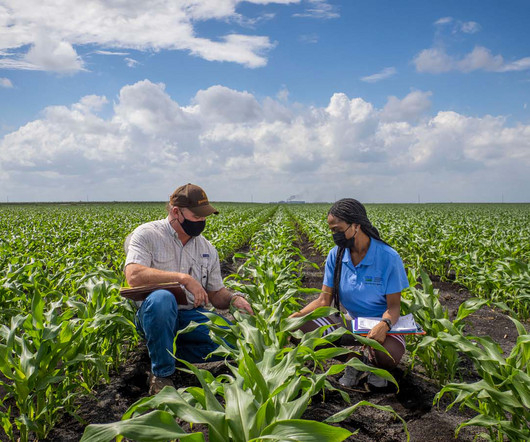Ask a Scientist: Stopping Big Ag from Hijacking US Farm and Food Policy
The Equation
MAY 14, 2024
A month later, more than 100 advocacy and labor organizations sent a letter to the leaders of both the House and Senate agriculture committees recommending nearly three dozen provisions (called “marker bills”) for the farm bill that would make the US food and agriculture system more sustainable, resilient, and fair. million to Rep.











Let's personalize your content